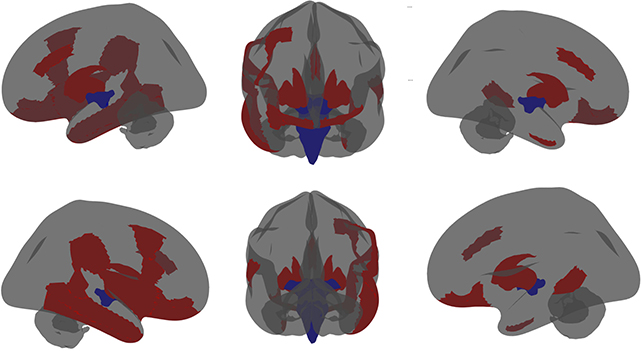New research suggests that those diagnosed with autism in late childhood, adolescence, or young adulthood are more likely to have a different type than those diagnosed in early childhood.
"We found that, on average, individuals diagnosed with autism earlier and later in life follow different developmental pathways, and surprisingly have different underlying genetic profiles," says lead author and psychiatry PhD student Xinhe Zhang from the University of Cambridge.
Related: Study Traces Autism's Origin to The Rise of Human Intelligence
What's more, those diagnosed later are more likely to have a gene profile that overlaps with ADHD. This would explain why there has been some difficulty in distinguishing autism spectrum disorder ( ASD) and ADHD.
"This paper reinforces yet again how complex autism is and how much genetics plays a role not just in a diagnosis but in the features of that diagnosis," chief science officer at the Autism Science Foundation, Alycia Halladay, who was not involved in the study, told NBC News's Liz Szabo. "There is no one cause of autism, despite claims against Tylenol."

Zhang and team examined data from large studies conducted in the US, the UK, Europe, and Australia, including genetic data from more than 45,000 people.
They found children diagnosed with autism early in life, before age 6, present with more behavioral difficulties at a young age, with issues stabilizing over time. Whereas those diagnosed later, after age 10, were more likely to experience worsening behavioral challenges and go on to develop mental health conditions like PTSD or depression.
"This indicates that epidemiological findings of greater mental-health difficulties among later-diagnosed autistic individuals may be partly explained by the developmental model of autism," the researchers explain.
But there's likely no clear cut-off between the two types, nor clear distinctions in severity, Zhang and colleagues caution. Rather, the different combinations of genes lead to different gradients of symptoms, challenges, and strengths.
"Genetic influences may alter which autism features emerge and when," says Cambridge neurodevelopmental researcher Varun Warrier.
Other recent studies looking at how children present with autism have also found there are likely multiple subtypes of this neurodevelopmental brain difference as well.
The researchers explain that while they accounted for some demographic factors, such as sex, in their analysis, there are still others that would have a significant impact that are unaccounted for.
"Age at autism diagnosis is immensely complex and varies across geography and time," Zhang and team caution. "Local cultural factors, access to health care, gender bias, stigma, ethnicity and camouflaging probably have an effect on who receives a diagnosis and when."
So while these sorts of categorizations shouldn't be used to make assumptions about people and their abilities, a better understanding of them could help lead to more personalized support for these genetic brain differences.
"Understanding how the features of autism emerge not just in early childhood but later in childhood and adolescence could help us recognize, diagnose, and support autistic people of all ages," says Warrier.

"An important next step will be to understand the complex interaction between genetics and social factors that lead to poorer mental health outcomes among later-diagnosed autistic individuals."
This research was published in Nature.
